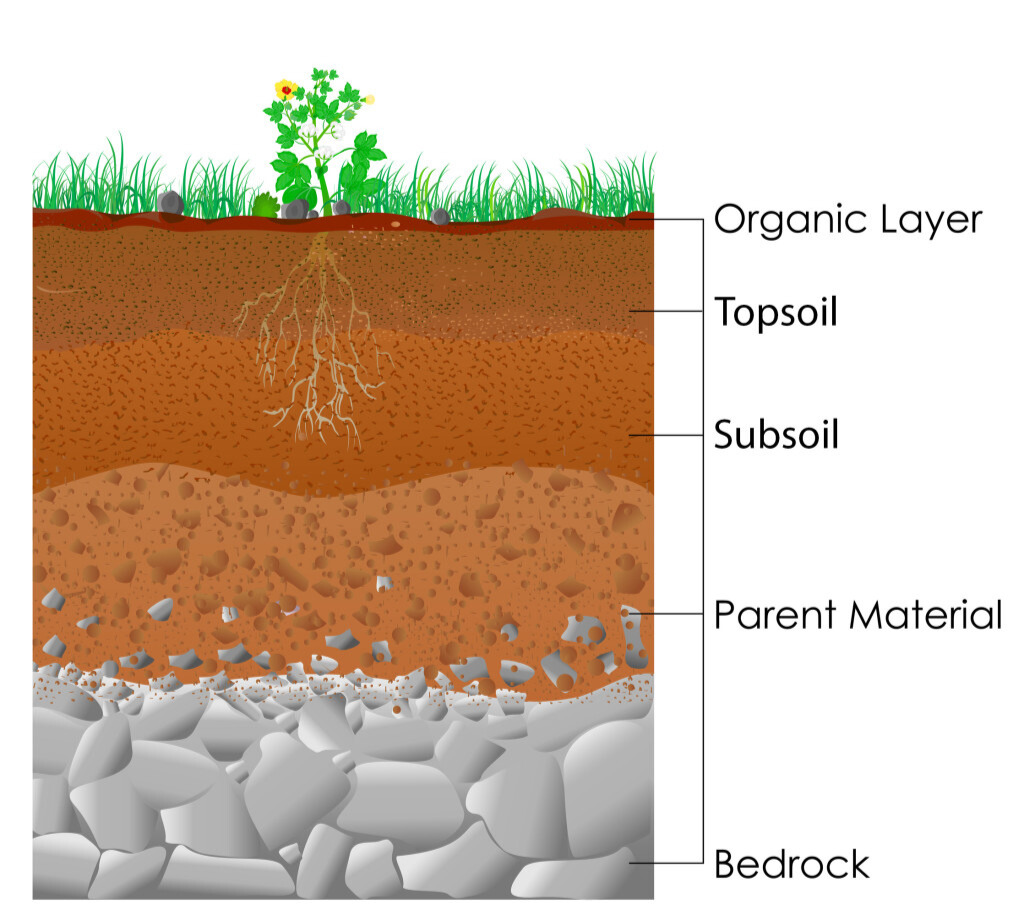How Is Soil Formed?
how is soil formed? by Delta publications
Key Notes:
Soil Formation Process:
- Weathering: Soil is formed from rocks through a process called weathering. Weathering breaks down rocks into smaller particles.

- Physical Weathering: Rocks can be broken down by wind, water, and temperature changes. For example, water freezing in cracks of rocks can cause them to split.

- Chemical Weathering: Chemical reactions can change the minerals in rocks, turning them into different substances.

Role of Organic Matter:
- Decaying Plants and Animals: Dead plants and animals decompose and mix with soil, adding nutrients and forming a layer called humus.

- Humus: Humus is the dark, nutrient-rich part of soil that helps plants grow.
Soil Layers:

- Topsoil (A Horizon): The top layer of soil, rich in organic matter and nutrients. It’s where most plants grow.
- Subsoil (B Horizon): Beneath the topsoil, it contains minerals washed down from above but less organic matter.
- Bedrock (C Horizon): The lowest layer, made of weathered rock, that eventually breaks down into soil.
Soil Components:
- Mineral Particles: Tiny fragments of rocks and minerals.
- Organic Material: Decayed plant and animal matter.
- Air: Spaces between soil particles hold air.
- Water: Soil holds water, which is essential for plant growth.
Importance of Soil:
- Plant Growth: Soil provides nutrients, water, and support for plants.

- Habitat: Soil is home to many organisms like earthworms, insects, and fungi that help in breaking down organic matter.
Soil Formation Time:

- Soil formation is a slow process that can take hundreds or even thousands of years to create a few inches of soil.
Let’s practice!

